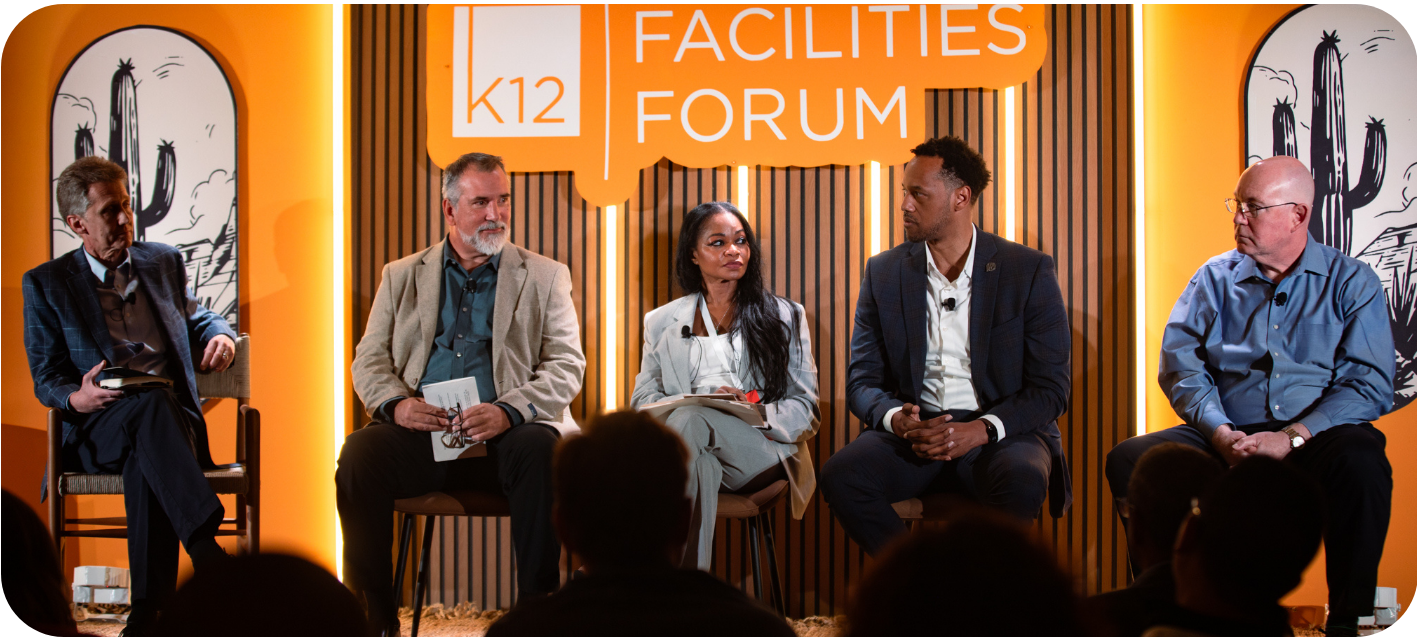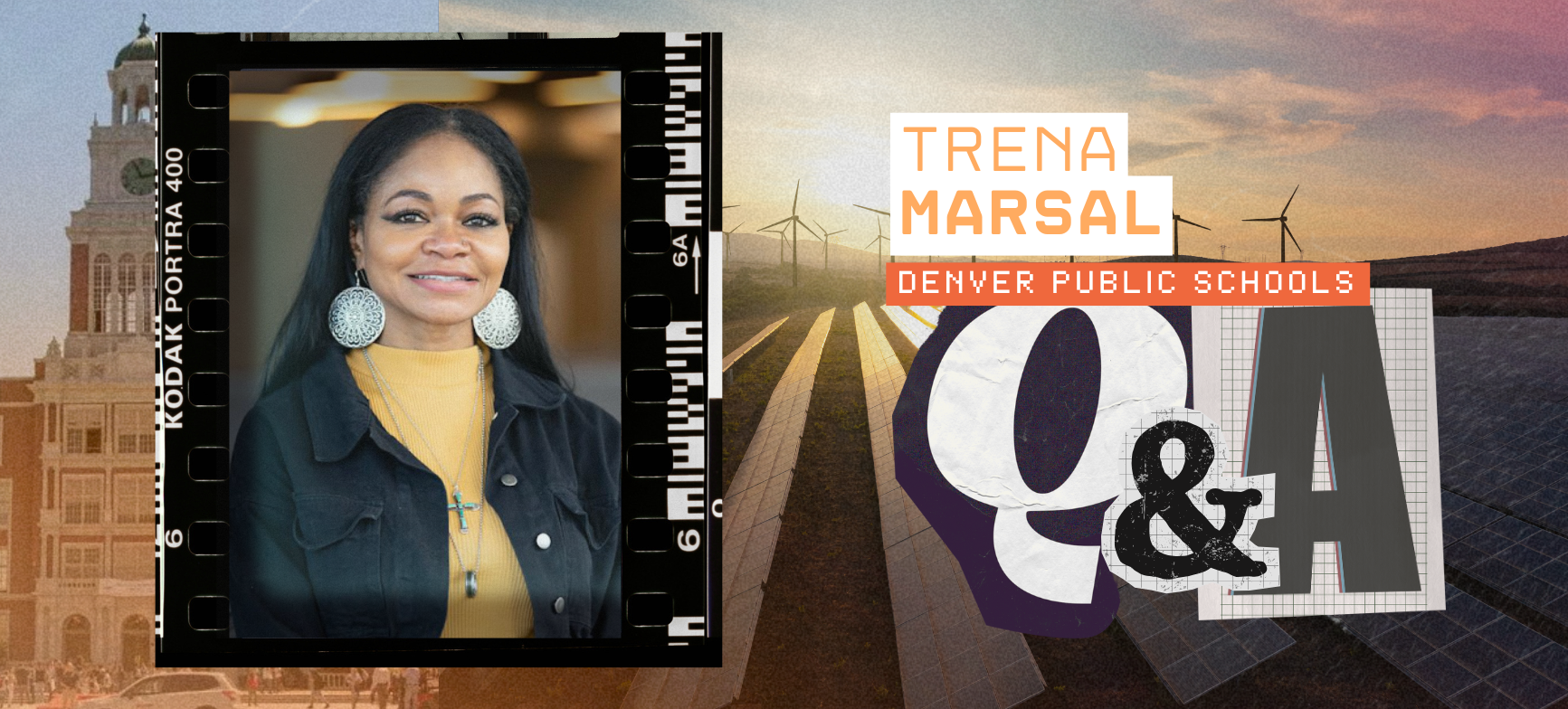Kimberly Lewis likes to tell people she’s a member of the .001%: a Black woman executive and person of faith in the sustainability movement. Over the course of two decades working in the green building space, she’s used her position to advocate for the marginalized and the voiceless, championing DEI programs and tackling health disparities. Now, as Executive Vice President of Equity, Engagement & Events for the International WELL Building Institute, she’s spearheading efforts to bring health equity to built environments worldwide.
At the IWBI, those efforts have culminated in the WELL Equity Rating, a set of evidence-based strategies designed to transform spaces for enhanced health, wellbeing, and performance. In a recent talk at an influence group event, Lewis described what it took to develop the rating and shared her own perspective on the importance of health equity.
Using Our Power Well
For Lewis, questions about how we design and use space are inseparable from questions of health equity. After all, she pointed out, social determinants of health – our neighborhoods and physical environments, the food we eat, our education and healthcare systems – impact a person’s health far more than their genetics. That means equity in our built environments is impossible without equity in the rooms that shape them.
"How can we have folks from all perspectives showing up in places and spaces such as this, where they're welcomed and where we're thinking about their health and wellbeing?" she asked the audience. “Truly making advances and connecting the dots will require a radical transformation – especially centering marginalized people’s experiences to really think about thriving places and spaces for all.”
How can building owners break down health and wealth gaps? Well, to start, by adopting a long-term perspective and a willingness to innovate. "We have the opportunity to use our power well," Lewis argued. "It is a paradigm-shifting moment now, where people should be thinking outside of the box.” Instead of returning to the way things were done before the pandemic, building owners need to continue building on the innovations and adaptations it inspired.
The WELL Building Standard takes a scientific approach to shifting that paradigm, breaking down an organization’s health into ten areas: air, water, nourishment, light, movement, thermal comfort, sound, materials, mind, and community.
These might sound like abstract concepts, but Lewis stressed that they’re directly tied to performance outcomes. Mitigating burnout, slowing labor churn, securing top talent, creating a culture of belonging and inclusion, ensuring employees’ trust in their workplace's safety – all of these are possible in a truly healthy space.
A Roadmap to Health Equity
When she describes the scale of the paradigm shift organizations need to embrace, Lewis likes to bring up the Americans with Disabilities Act, the landmark 1990 law prohibiting ability-based discrimination. As she explained, the ADA was shaped largely around the experiences of male World War II veterans – and it hasn’t exactly been updated since.
"That's why so many of our experiences are based on a template and a framework that needs to shift," she said. "We need to be thinking more around designing for the extremes. When you design for the extreme experience, you cover everyone in the middle.”
As the IWBI set about developing tools and strategies for businesses to address DEI in a post-COVID world, it turned to its Health Equity Advisory, a community of more than 200 experts. The goal was to identify which vulnerable groups tend to get left out of equity initiatives – those whose voices too often go unconsidered because they’re not part of the majority.
Lewis herself went on a listening and learning tour, discovering that leaders around the country were committed to creating access and resources for underserved members of their communities. The only problem was that they didn’t know where to start. They needed a roadmap.
The WELL Equity Rating is that roadmap: the path to a diverse workplace with built environments where everyone can thrive; one that bolsters recruitment, retention, and productivity while enhancing ESG reporting and performance. When they developed the rating, Lewis and her team drew on what she learned during her listening and learning tour, making sure the tools and strategies focused on historically marginalized communities.
Appropriately, the roadmap’s first step is a “User Experience & Feedback” process designed to give employees and stakeholders an opportunity to share their needs and obstacles. "We see this as the first step,” she said. “Listening to your people, understanding the challenges, and working from the extremes and moving in.” From there, the framework proceeds to responsible hiring and labor practices, supportive programs and spaces, health benefits and services, innovation, inclusive design, and community engagement.
A Matter of Opportunity Cost
As Lewis wrapped up her presentation, she shared a video of a conversation she recently had with Out Leadership CEO Todd Sears, one of IWBI’s Equity Advisors. "I'm the guy that got Wall Street to focus on gay rights because I proved it was a business starting 20 years ago. So I always really come at it from an ROI perspective," he said of ESG initiatives.
 Conversation with Out Leadership CEO Todd Sears, one of IWBI’s Equity Advisors
Conversation with Out Leadership CEO Todd Sears, one of IWBI’s Equity Advisors
“The top line that I would encourage us to think about is, how can you tie all of these pieces to what someone's bottom-line best interest is? How do they develop new clients? How do they develop new markets? How do they innovate? How do they attract talent? How do they increase talent retention? How does it impact their brand? All of those things are bottom line.”
Lewis offered a complementary perspective, encouraging building owners to consider not only ROI, but also the opportunity cost of not investing in DEI: the valuable talent left untapped, the innovative voices left unheard, the new markets unreached and horizons uncrossed. "There are rock stars across all cultures and communities,” she concluded. “There is abundance. Leverage your influence. Be an ally.”

Posted by
Join us at the K12 Facilities Forum!
The community for district and facilities leaders
Nov 8-10, 2026 | San Antonio, TX









-3.png)

Comments